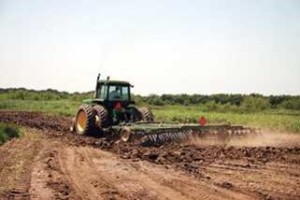Annual reports can be a great way to “take stock” of refuge resources on a consistent basis. By tracking the same parameters over time, such as vegetation coverage, water levels, bird abundance, etc., managers can begin to understand both natural population fluctuations and habitat responses to management.
All scientists understand the importance of consistent data collection, but annual reporting takes the next step by summarizing information collected over discrete time periods and presenting it in a standardized format. Using the same format makes it easy to compare results from one year to the next. Such information provides a record of refuge conditions and can be used to track progress towards meeting resource objectives. Annual reports also help managers make well-informed management decisions and provide an effective tool for communication, both to colleagues and non-scientists.
Cold Springs NWR has developed annual IWMM reports for the 2017-2018 and 2018-2019 non-breeding seasons and will have a 2019-2020 report completed soon. Taken from the 2018-2019 report, a primary reason for compiling this information is to, “investigate potential correlations between changes in vegetation, water levels, and bird use numbers, and consider these in management decisions.” These are topics of interest for any station with significant waterbird resources. While actual management questions and objectives may differ, completed Cold Springs reports for 2017-18 and 2018-19 winter field seasons are examples of what annual reports based on IWMM data could look like. Special thanks to Jenny Barnett (Unified Region 9 Zone Biologist) and Deeanne Meliopoulos (Unified Region 9 Wildlife Biologist) for making these available.


